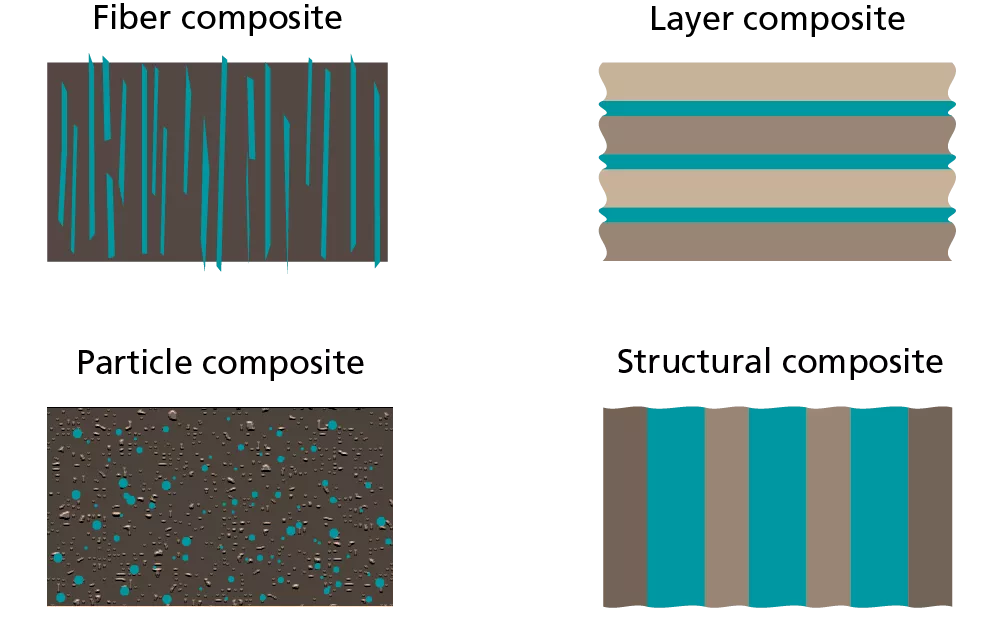
Composite materials: Together for more performance
Each material brings with it specific properties: while some are very positive and desirable for the corresponding areas of use or application in industry, there are others that tend to attract negative attention. But by combining different materials with each other, positive properties can be enhanced and negative factors can be compensated or completely eliminated. When two materials are combined and the resulting material has different properties than the separate starting materials, this is also referred to as a composite material or a composite material. Composite materials are being used more and more frequently in the industrial sector because they offer numerous advantages.
What are the types of composite materials?
The list of different composite materials is long and new composites are regularly developed. In this process, however, different materials and materials are not randomly combined with each other, but are joined together taking various factors into account. The material properties of the materials, for example, play a major role. For example, there are ceramic, organic, metallic and polymer materials, which in turn can be used to produce fiber composites, layered composites (laminates), particle composites or even structural composites.
A well-known example of a layered composite material is the laminate. It is manufactured from different layers of various composite materials, which in turn have their own characteristics. This layered composite material can be used, for example, for various forming elements or for cladding facades.
The fiber composite material is also widely used. Various composite materials can be used to produce it. The individual properties of each composite material are just as decisive as the cost factor. For example, glass fibers are popular as composite materials because of their low price. Ceramic fibers, on the other hand, are significantly more expensive and are therefore usually only used as composite materials when the composites have to withstand high temperatures. Carbon fibers are also extremely popular as composite materials, although they are quite expensive. It is thanks to their low weight that they are mainly used in the aerospace industry

Advantages of composite materials: Why are composite materials needed?
When composite materials are combined, this process usually pursues a specific purpose. Depending on the subsequent use or application of the composite material, various objectives can play a role: For example, materials can be modified in terms of their color or heat resistance. Compounding can also achieve great success with regard to impact strength or elongation at break.
Composite materials or composites are now part of everyday life for many of us. For example, fiber composites can be found in buildings, bridges, and boats, as well as in clothing, furniture, and household appliances. Nevertheless, composites raise some questions or problems. Recycling and disposal, for example, pose a number of challenges, because once composite materials have been joined together, they cannot be easily separated at a later stage.


